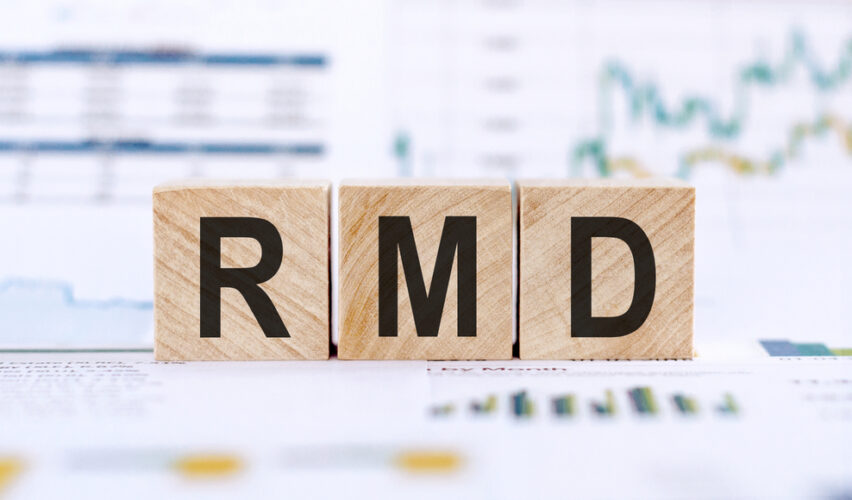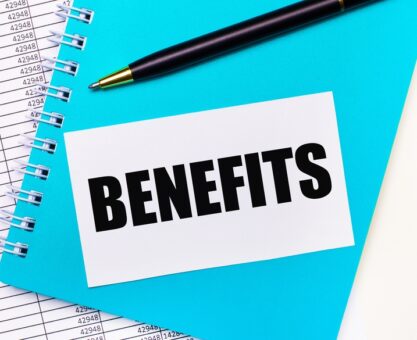Some federal retirees delay taking distributions from their Thrift Savings Plan (TSP) because they’re working in the private sector or running a side business. Others delay out of fear that they’ll outlive their TSP if they tap into their nest egg too soon. Then again, when you turn 73 there’s a reality no one can escape: Required Minimum Distributions (RMDs) from your traditional TSP balance.
Recent Changes To The Age For RMDs
In an effort to help retirees save more for retirement, the SECURE Act 2.0 raised the RMD age to 73 for those born after December 31, 1950. This change went into effect on January 1, 2023. And, starting in 2033, the age for RMDs will increase to 75. Even better — as of January 1, 2024, Roth TSP balances are no longer subject to RMDs.
In addition to the TSP, other types of tax-deferred accounts subject to RMDs include Individual Retirement Accounts (IRAs); Defined Contribution plans like 401(k)s, 403(b)s, 457(b)s; plus Employee Stock and Profit Sharing plans. Add to this the IRS has different rules for different types of accounts.
“Keep in mind – the only exemption from taking RMDs from your TSP is if you’re still working for the federal government when you turn 73.”
RMDs Are Based On Your Age & Life Expectancy
The amount of your RMD is based on your age and life expectancy using the Uniform Lifetime Table. You can go the IRS.gov website and download the “Required Minimum Distribution Worksheet” to determine the amount of your first RMD at age 73. Basically, it works like this:
- Look at the total balance of your traditional TSP.
- Use the chart on the worksheet and find the number next to your age.
- Divide your balance by the number next to your age.
Keep in mind – the only exemption from taking RMDs from your TSP is if you’re still working for the federal government when you turn 73.
RMDs Can Put You In A Higher Tax Bracket
Since contributions to your traditional TSP are deducted from your pre-tax earnings, your balance remains tax-deferred until you start taking distributions in retirement. However, as the IRS website explains rather bluntly: “You cannot keep retirement funds in your account indefinitely.”RMDs are Uncle Sam’s way of finally getting his cut.
If you haven’t taken any TSP distributions by age 73, you may be hit with an unexpected “tax bomb” that pushes you into a higher tax bracket. As a result, your Social Security benefit may be taxed at a higher rate and, if you’re enrolled in Medicare Part B, you may have to pay a higher premium.
Connect with an FRC® trained advisor to develop a strategy for your RMDs.

























